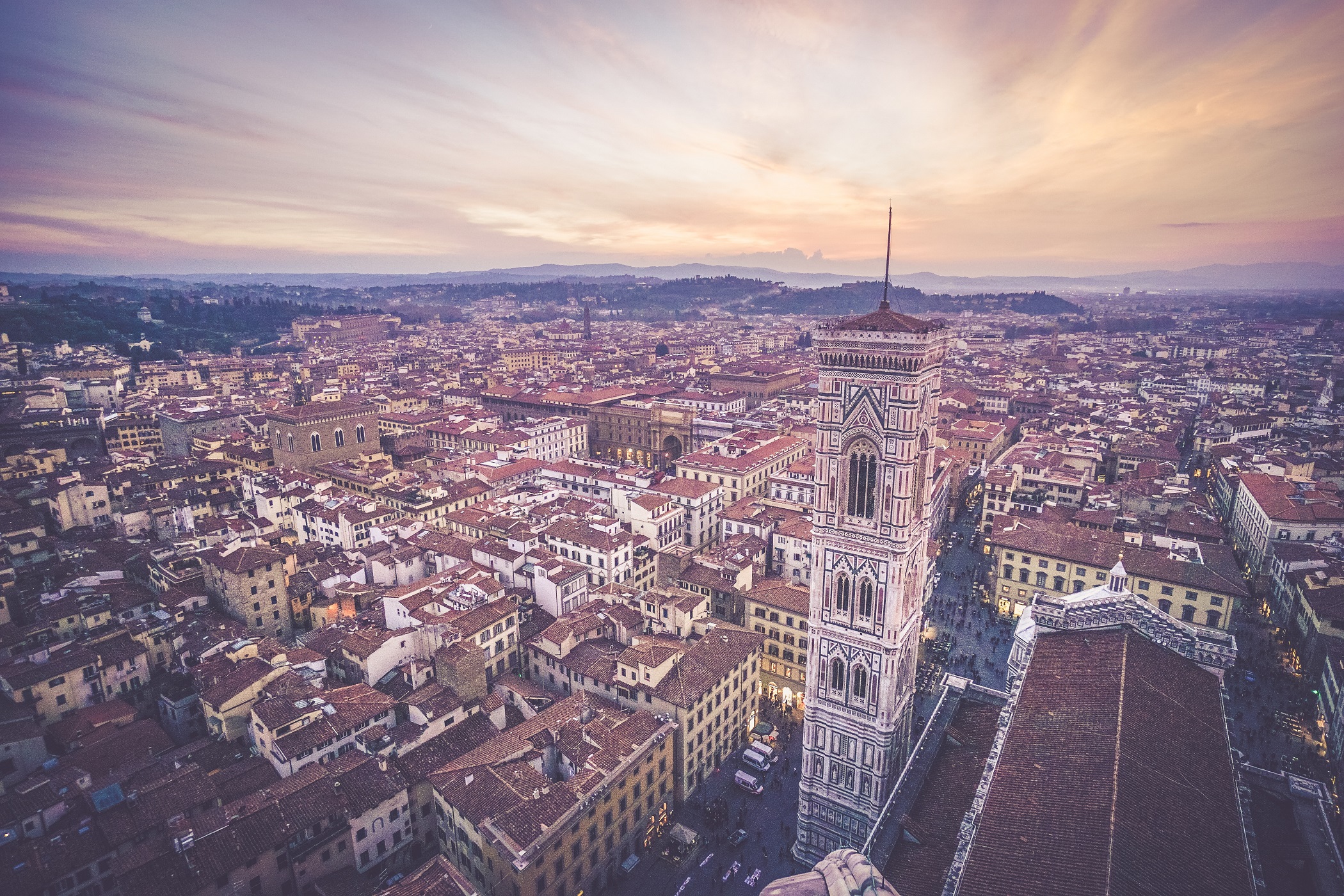

After a brief hiatus, the Florence As It Was Team is back in action! Despite our radio silence, we have been hard at work behind the scenes.
This morning, the four of us met bright and early to make a photogrammetry model of Washington and Lee’s Staniar Gallery exhibition of Gonkor Gyatso’s The Buddha’s Picnic, Mr. Brainwash’s Tomato Spray Can, and the Marion Junkin’s mural “The Struggle For Intellectual Freedom”. With MC’s help, Colby, Aidan, and I practiced photographing to make photogrammetry models. We chose Gyatso’s installation because it provided opportunities to practice various elements of photogrammetry without too much complication. The installation was fairly simple, but placing a detailed rendering of the artwork within the model will prove more challenging. The fresco may prove to be a failed execution as the hallway in which the work is located is quite narrow. Regardless of whether we produce an effective model, it will be useful to understand the limits of photogrammetry technology.
A few weeks ago, Colby and I ventured to Holland, Michigan for the 3rd Annual UNRH Conference at Hope College. There, we presented our project to delegates from other undergraduate institutions and attended workshops on skills like ArcGIS and coding. We also got to hear about the amazing work other undergraduates are doing around the world. It was an honor to present Florence As It Was in the company of such amazing, world-changing projects. The conference really clarified the relevancy of Digital Humanities. We really are at the forefront of an emerging field.
While we have not updated our avid fans of our happenings in Lexington, we have been busily working. Colby has been working with Dave Pfaff on learning the ins and outs of photogrammetry. He created a model of Verrocchio’s Ginevra de’ Benci. MC has been hard at work making laser scan interior models like that of Orsanmichele. She has been cleaning up floating points and imperfections to improve the appearance of interior models. She has also been making models based on content Professor Bent has been sending to us. Lastly, MC has been learning how to combine photogrammetry with laser scans. She has not yet had success with this, but will continue to explore the technology.
While Colby and MC work on the models, Aidan and I have been going through files to organize the website. I have been continuing to struggle with Paatz. As Professor Youngman announced last week, Elisabeth and Walter Paatz are “clear as mud.” We have begun to keep a glossary of specific terms that occur frequently, and that has improved the speed at which I am able to translate. I have also begun to create a catalogue of the works in both the Baptistery and the Bigallo mentioned by Paatz as being present before 1500. We will use this list to make sure our models and content are accurate. Lastly, I have begun to explore the world of digital mapping. Using Programming Historian, I have been learning the basics of mapping. Once I get the hang of it, I will begin to update our 2D map.
The team has spent time thinking about the future of the project and outlining the steps we need to take over the summer over the past few weeks. Although still seeking to work out full funding, Colby, Aidan, and I have booked tickets to Florence! Sadly, MC will not be joining us as she will be working on her own portfolio. The team is looking forward to spending a few days of overlap with Professor Bent.
More updates to come as we continue to make progress in our visualization of Florence in 1500!
KD